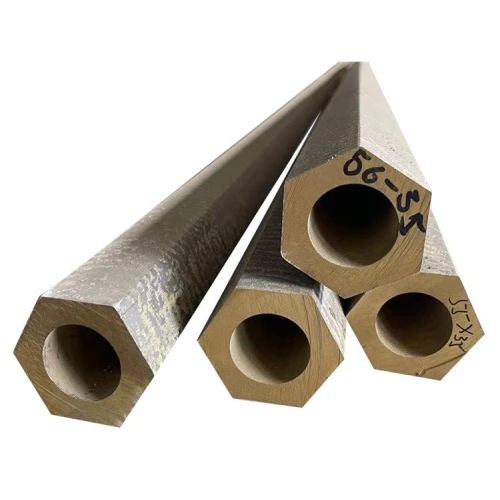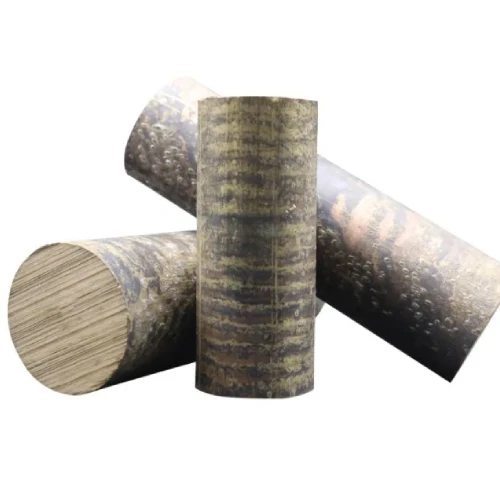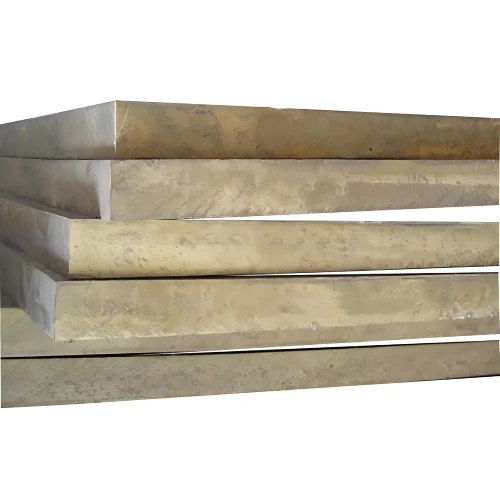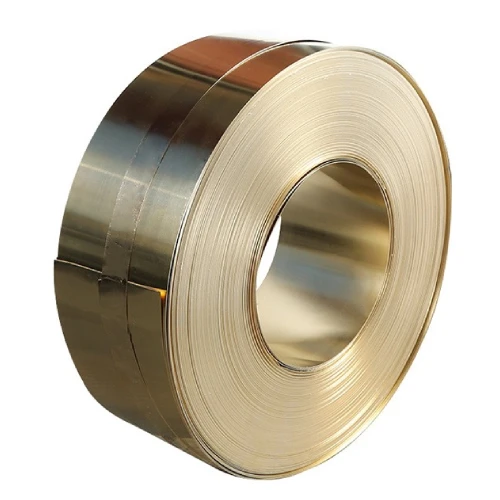C90900 is a copper alloy belonging to the leaded tin bronze family. It's known for its excellent
machinability, good wear resistance, and fair pressure tightness, making it suitable for bearings and
bushings. However, similar to other high-lead alloys, its use is decreasing due to environmental and health
concerns.
Table: Key Properties of C90900
| Property |
Description |
| Chemical Composition |
- Primarily Copper (Cu): 86-89% <br> - Tin (Sn): 12-14% <br> - Lead (Pb): 0.5% max
<br> - Nickel (Ni): 0.5% max <br> - Other (Fe, Zn, etc.): Trace amounts
|
| Mechanical Properties |
- Excellent machinability due to lead content <br> - Good wear resistance for bearings and
bushings <br> - Moderate strength and fair pressure tightness
|
| Common Brands (By Country) |
- Europe: CuSn12Pb0.5Ni0.5 [Europe] <br> - US: Leaded Tin Bronze |
Common Questions and Answers:
What are the typical applications of C90900?
The use of C90900 is declining due to lead content. However, some traditional applications include:
Bearings and bushings: In applications with moderate loads and where good machinability is
crucial, C90900's properties make it suitable for bearings and bushings.
Gears: Low-load gears can benefit from C90900's machinability and wear resistance.
Pump components: Impeller bushings and wear plates can be made from C90900 due to its
machinability and pressure tightness.
Important Note: Regulations on lead usage can make finding readily available C90900 or its
equivalents challenging. Explore alternative copper alloys with lower lead content for most applications.
What are the drawbacks of using C90900?
The main limitations of C90900 are:
Lead content: Lead is a health hazard during machining and limits applications in some
industries due to environmental regulations.
Moderate strength: Compared to other copper alloys, C90900 offers moderate strength, making
it unsuitable for demanding applications.
Fair corrosion resistance: C90900 is not ideal for environments with high corrosion
potential.
Are there lead-free alternatives to C90900?
Several lead-free copper alloys offer better overall properties. Depending on the specific application
requirements, some options include:
C93700: A lead-free alternative with good machinability and wear resistance for bearings
and bushings.
Aluminum bronzes (e.g., C95400): Offer good strength, wear resistance, and machinability
without lead.
Important Note: Always consult with a material engineer or supplier to identify the most
suitable copper alloy for your specific application considering factors like strength, wear resistance,
corrosion resistance, and regulatory compliance.



